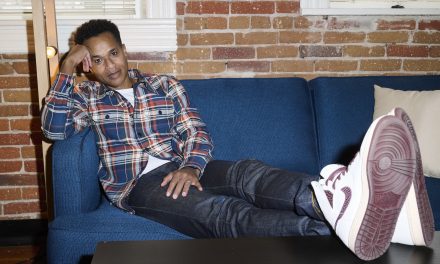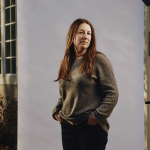
Retiring Faculty and Staff
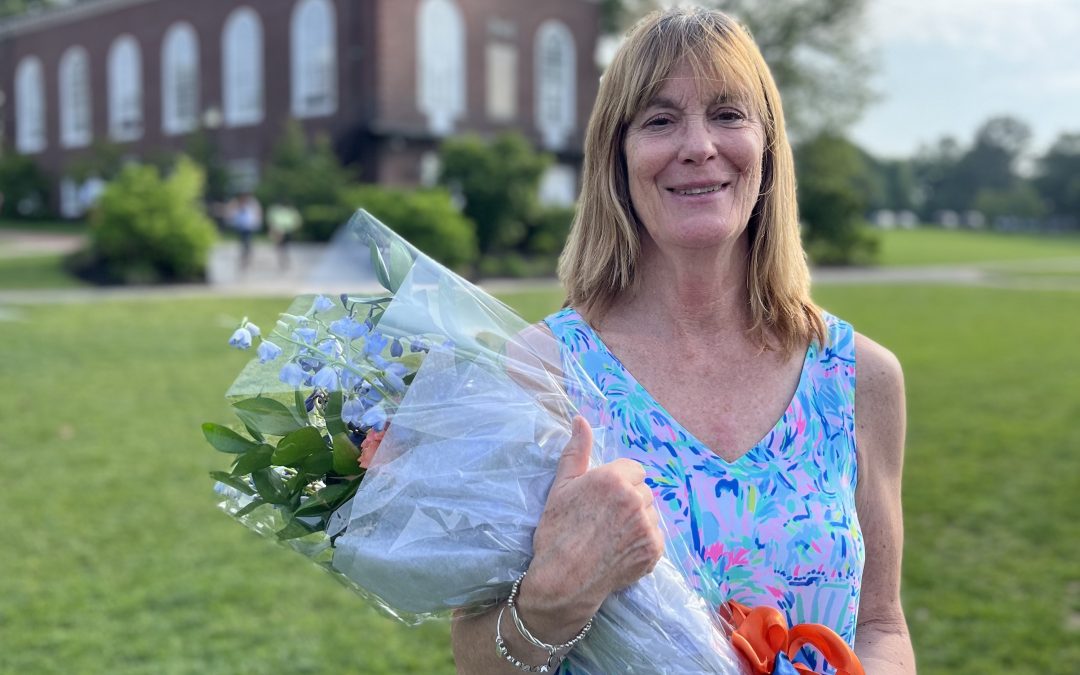
Lynn O’Sullivan, Facilities Services, 2011–2023
Since 2011, Lynn O’Sullivan has been the administrator in the Facilities Services department, having served multiple directors of the department, including me. It has been my fortune to have worked with Lynn for more than 7 years. We have had a lot of fun while getting a lot of work done.
Lynn has been the glue that keeps everything together and makes sure that what needs to get done gets done. And if it doesn’t, you know that you will hear from her.
Lynn, with support from her team, manages the routing of inbound maintenance requests, payment of millions of dollars in bills, vendor contracts, the mailroom, supply purchasing, and any miscellaneous issue that reaches facilities. She answers questions about policies, procedures, and supports team members who have questions about vacation and anything else. She is also responsible for making sure that all members of the facilities teams have a uniform that works for them in every season.
Described by a colleague as a “fantastic human being,” Lynn always tries to find the best path forward in any circumstance.
As much as Lynn gives to the work itself, she balances it all with fun and great conversation. Lynn is always ready to lend an ear to anyone who needs it, provide perspective that is real but caring at the same time, and share what she hears around campus if she thinks it will help someone.
She also makes sure that special events and moments within the department are recognized. Lynn was responsible for putting together the many celebratory events held in the Facilities shop area. Her attention to everyone’s dietary needs were always addressed.
In her retirement, Lynn looks forward to spending more time with her young grandchildren and, since she lives around the corner, helping with the Lower School after school program.
Lynn, I know I speak for everyone here when I thank you for your dedication, care, and commitment to the Facilities Services department and the campus more broadly. We wish you the best in this new chapter of your life.
Nick Parnell
Director, Facilities Services
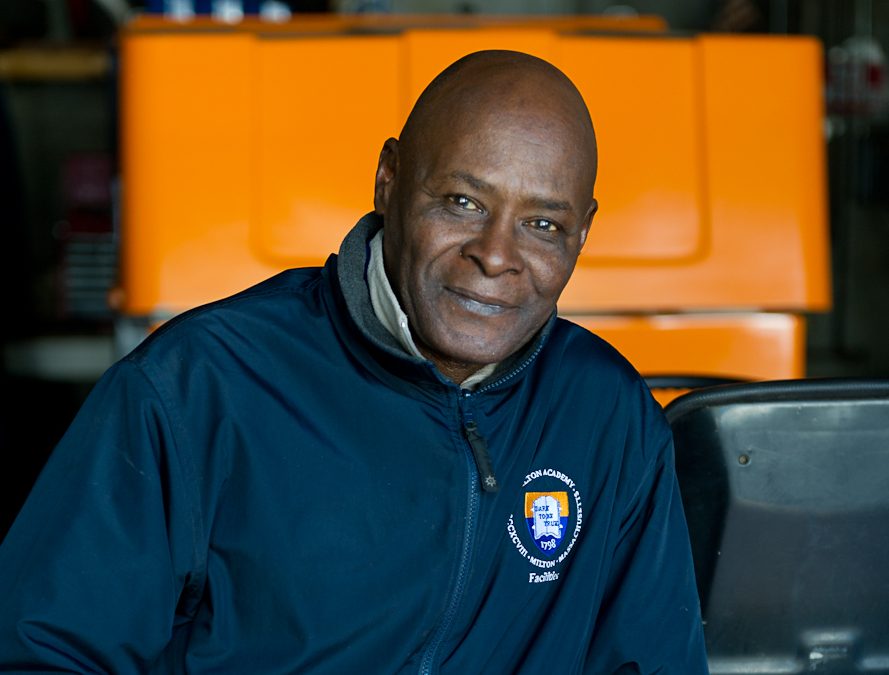
Ernie Ostine, Facilities Services, 1978–2023
A member of the Facilities Grounds and Events team for 45 years, Ernie Ostine has been the longest-tenured member of the grounds team, exceeding his closest colleague by nearly a decade. After emigrating from Haiti, Milton Academy was his first and only job in the United States. I’m also quite sure that he also had the longest first day of anyone sitting here. His first day at Milton, February 8, 1978, was a snow storm; after coming to campus that morning, he did not leave for 72 hours. Actually, he walked to campus in the middle of the storm because he thought if he did not show up, he would no longer be employed here.
Ernie has often shared with colleagues that he truly loves Milton Academy and the opportunities it offers to students. He has always seen the value in what the school provides to everyone who touches it, and wanted to be a part of the school’s success. Ernie also appreciates everyone who works here and the role they play in making the student experience possible. He has always made friends far and wide across campus. Ernie particularly loves senior projects season each year, happily anticipating students’ visits to the facilities garage, where they would ask him about how to fabricate or fix something. Ernie also enjoys sharing his knowledge of how to repair cars with multiple faculty and staff members.
Known for his infectious laugh, his love of people, and his greeting of “Sir” or “Mrs.” to everyone he encountered—his way of demonstrating respect, as he was taught growing up in Haiti—Ernie showed a level of energy and precision in his work that exceeded expectations. The Facilities Department often called him “MacGyver” because he could fix anything with whatever was on hand, even in the middle of a snow storm. This was a skill he brought to Milton after years working in Haiti for oil companies; out on oil rigs, there was no parts store to go to—he just made do with what he had and fabricated his own parts to fix things.
While he could not join us here today, please take a moment in joining me in recognizing Ernie for his extraordinary tenure at our school, as well as his spirit, ingenuity, and commitment to Milton Academy and all it represents. Thank you.
Nick Parnell
Director, Facilities Services
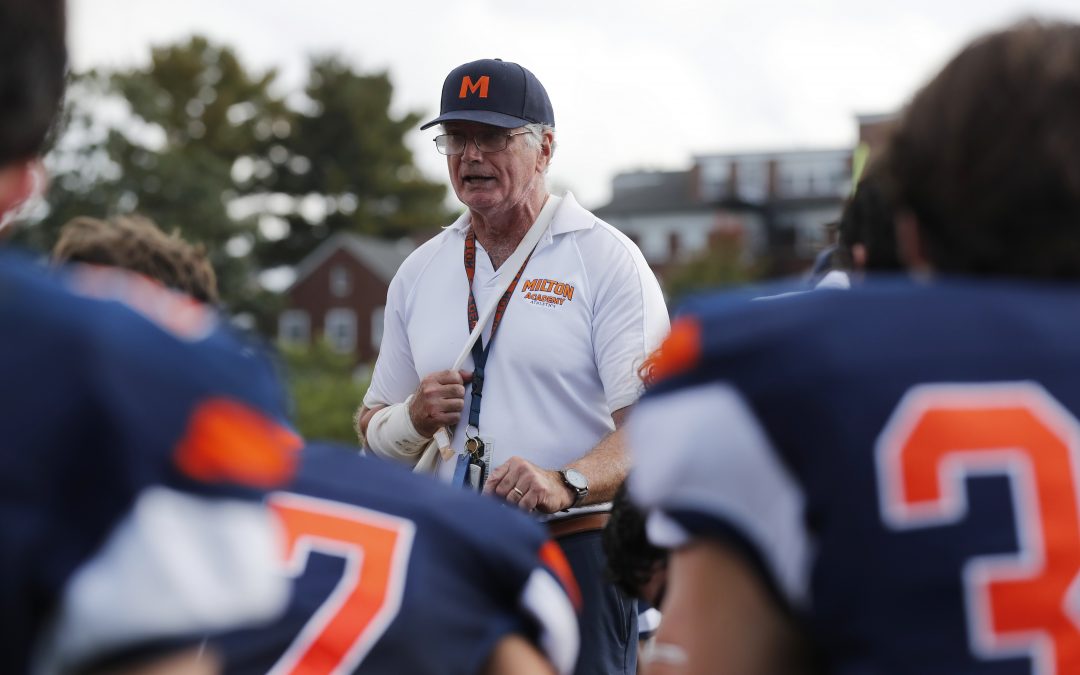
Kevin Macdonald, Athletic Department, 1996–2023
During the fall season, as the early morning sun rises over the Quad on any given Saturday, you could always see Kevin Macdonald’s minivan parked in its usual spot on Chapel Hill. It was game day, and if you were looking for Coach Mac, you would not find him in his office or in the film room. You would most likely find him in the basement of the RSG filling up 50 water bottles in preparation for the game.
One might ask, why didn’t he save this task for his managers, or assistant coaches? Why is the head football coach, who has won nine ISL Championships, three New England Championships—including six undefeated seasons—filling up his team’s water bottles on game day? The answer is that this is one of the many rituals, or some might say superstitions, that Kevin would perform every game day. Other superstitions included wearing the same faded tight blue t-shirt every Saturday during a win streak, or when he would not allow Coach Rebuck to ride the team bus to any away games, because the last time he did, the team lost.
Like most coaches, his game-day superstitions and routines have not changed during his amazing 42-year coaching career. At the young age of 22, Kevin started his coaching journey at Archbishop Williams where he amassed an incredible 99-41-2 record, which included seven Catholic Central League Championships, a Super Bowl Championship and numerous Boston Globe and Massachusetts State Coach Of The Year Awards. While at Archies, he also taught English, where he met a particular colleague who became his best friend and his future wife, Tracy.
Soon after their marriage, their three daughters, Jackie, Molly and Amy, were born. Not only were the athletic genes passed down to all three, but also the teaching and coaching genes are now fully engaged as they are all currently, or recently, teaching and coaching at the secondary school level. Clearly, the next generation of the Macdonald Coaching Alliance is strong.
In 1996, Kevin decided to pursue a new position and in August he was hired as the new head football coach at Milton Academy. Along with his coaching duties, he taught a variety of Physical Education classes and also coached hockey and baseball. Later, he was able to also teach one of his favorite subjects, Expository Writing, known for many years as “Expo.” Although Kevin had some trouble adapting to new technology during his later years (just ask Mark Connolly), his love for the subject and his passion to help his students grow and learn were witnessed by those who sat around the Harkness Table.
In 1997, Kevin and his family moved into Goodwin House. Long time Goodwin House Head Ned Bean welcomed them to the Goodwin family and Kevin began his long journey as a member of the boarding community. Moving into a dorm did not seem like a daunting task for Kevin. Since he was a successful football coach, how difficult could it be to lead students and motivate them to make smart choices? But he soon learned it wasn’t going to be as easy as he expected.
During his first night of duty he met a charming student, who, like Kevin, was a new member of the dorm. He wanted to sign out to Burger King with a day student. This seemed reasonable, so Kevin signed the card and off they went. To make a long story short, after many hours went by without the student returning back to the dorm, the student had failed to mention that he was signing out to a Burger King in California. This incident taught Kevin to question all details whenever a student is filling out their blue card. During his time in the boarding community, Kevin performed dorm duty in six other dorms including a long career in Hallowell House.
And despite the unfortunate Burger King incident, he became a tremendous mentor, leader, and role model in each dorm that he was connected to.
Although his impact in the boarding community was tremendous, it has been his role as the head football coach that has shaped his legacy the most. Former players, coaches, colleagues and parents, will always remember the many football victories during his time with us, 242 to be exact, with a winning percentage of 70 percent. But it is likely that what will be most remembered is Coach Mac’s passion, determination, motivational speeches and the overall positive energy that he displayed each day on and off the field.
One of Kevin’s greatest strengths was building positive and caring relationships with everyone.
Many of his former players have shared stories about Kevin’s care, loyalty and support. He is known for creating an environment that builds confidence within his players, as well as humility; celebrating their successes with positivity, and helping them to learn and grow when mistakes were made. Drew Jacobs, a co-captain on the 2013 New England Championship Team, and now an assistant coach for the Harvard football program, called Coach Mac an “authentic leader.” He has shared that Coach Mac looks to “build strong relationships by opening himself up while seeking to create genuine connections with others.”
Mac’s unmatched ability to build and sustain such strong relationships is also evident in his coaching staff as well, several of whom are former players, such as Mike Mason. Mike played for Kevin nearly 40 years ago and has been by his side as an assistant coach for the past 27 seasons. Mike will be taking over as head football coach next fall and I know Kevin couldn’t be happier to see Mike continue to lead the Milton football program into the next generation.
In 2013, Kevin was inducted into the Massachusetts Football Coaches Hall of Fame and in 2023, he will also be inducted into the New England Prep School Athletic Hall of Fame. Both are tremendous and well-deserved honors, with his overall winning record placing him in the top 10 winningest coaches in the state of Massachusetts. Many believe that if Kevin had stayed at Archies for his entire career, where they typically have more games per season than Milton, he would have risen to the very top of that list. Although that would have been a tremendous accomplishment for Mac, we are all so glad that he chose to come to Milton.
Recently I was at a strength and conditioning seminar, and the speaker used the following metaphor: “always check to see if your buckets are full” when he spoke about designing training programs. The buckets represent important components such as speed, strength, power, conditioning, etc. If only a few buckets are full, you are not meeting the entire needs of your athletes.
I feel this same metaphor can be used for all coaches, with buckets representing many important elements that Coach Mac consistently demonstrates: the ability to lead, respect for others, compassion, loyalty, knowledge of the game, energy, devotion, care, and so much more. Looking back on Coach Mac’s career, one can say, without a doubt, that not only were his water bottles always full, but more importantly, all of his coaching buckets were filled to the top. In fact, they were overflowing.
Thank you Coach Mac for everything you have done for the Milton community and we wish you and your family wonderful days and years ahead in your retirement. And please know from our “toes through our souls,” we will always have PRIDE because of you!
Steven C. Darling
Head Strength and Conditioning Coach
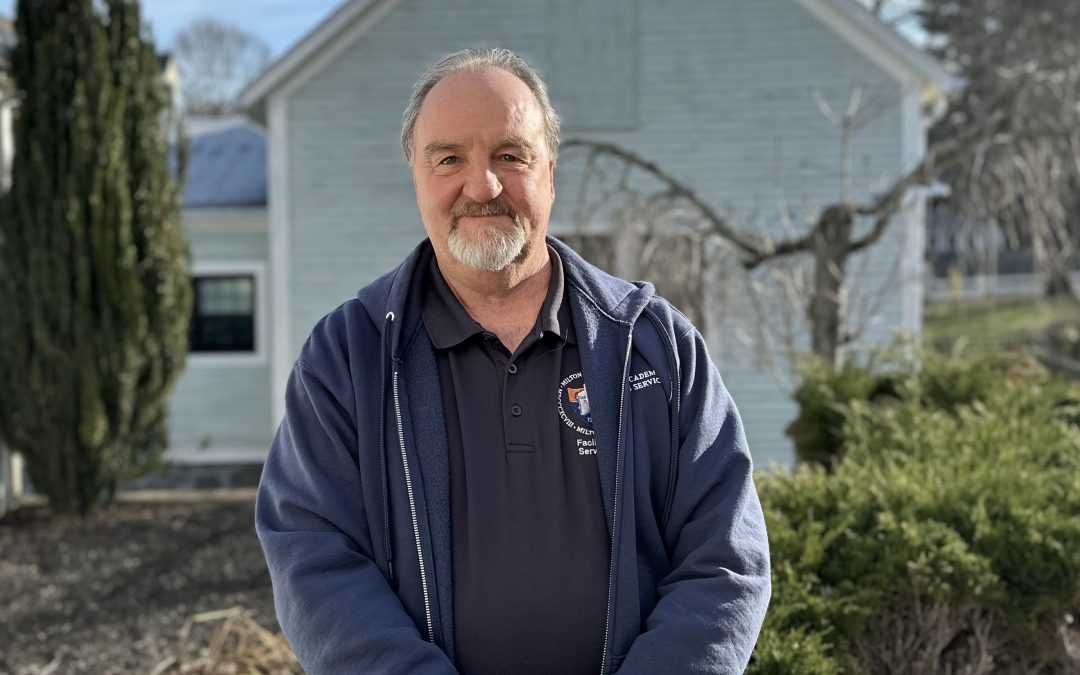
Chris White, Facilities Services, 2009–2022
For more than 14 years, until the end of 2022, Chris White managed the school’s mailroom and facilities supply purchasing. In so doing, he interfaced with students, faculty, and staff on a regular basis, making sure that everyone received what they needed—literally. This was accomplished despite a dramatic increase in packages over the last decades as well as the trials and tribulations of UPS, FedEx, Amazon, and many others that would result in packages “mis-delivered” or put in the wrong place, especially during COVID. A great part of Chris’ success was knowing every vendor and delivery person by name, ensuring that their visits to Milton were positive. It used to be said that of the US Postal Service that neither rain nor sleet nor dark of night would keep the staff from their appointed rounds; to put a proper analogy to Chris, it would probably take an avalanche in the Blue Hills to slow him down.
Within Milton, Chris gained a reputation for being highly dependable and always willing to help someone out. Coming into the office at times during each break, Chris and the mailroom staff would ensure that those who lived on campus would continue to get their mail. At the start of the school year, Chris made sure that deliveries of mission-critical items would make their way to where they belonged.
Despite all the stress that this type of job might cause, Chris has been described as “probably the easiest going person on campus.” He was always calm and had a smile to share for those who stopped by the mailroom, even for those who slid in the door near 4 p.m.. He was friends with adults from all departments, divisions, and ranks. He is someone who is to the point, genuine and himself no matter who he was talking to.
In his retirement, Chris is looking forward to spending time with his two grandchildren. While he could not be with us here today—as he is on a two-week vacation with his extended family—please join me in thanking Chris for his many years of service and making sure we all received what we needed.
Nick Parnell
Director, Facilities Services
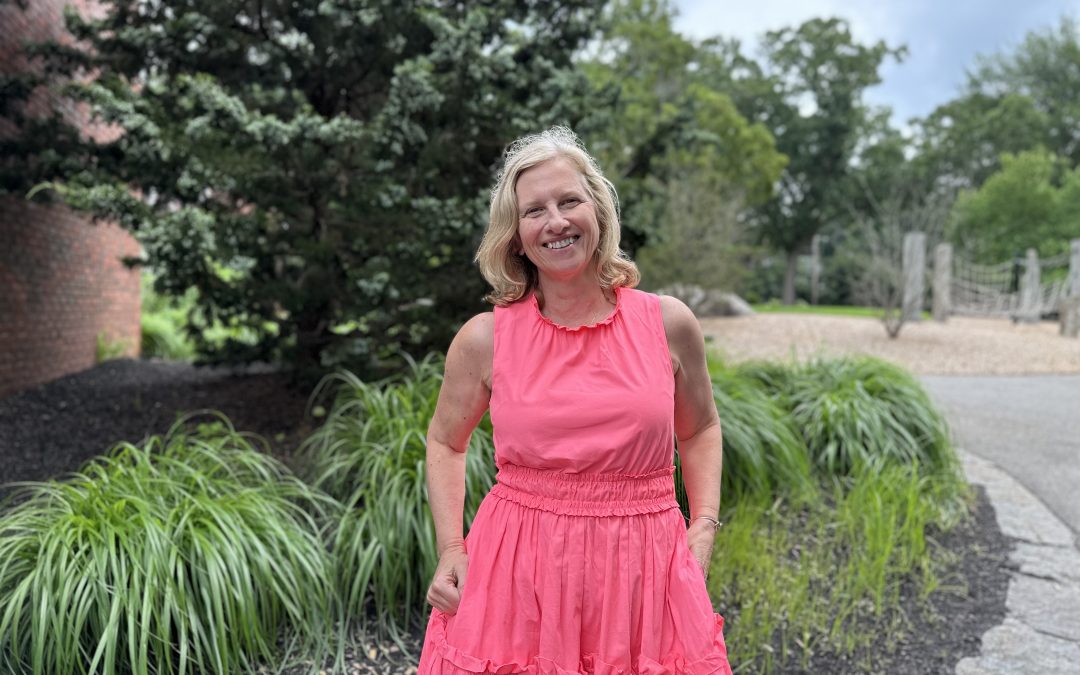
Paula Bonarrigo, Campus Services and Events Director, 1996–2023
In Milton Academy’s revenue pie—yes, that circle with different size pieces—you’ll find tuition, endowment, annual giving, and other.
Have you ever wondered where the “other revenue” comes from?
Nearly all of it comes from the Campus Services and Events team and its affiliated ancillary programs, about $2 million worth last year. And as director of that department (and its predecessor, business services), Paula has overseen somewhere in the neighborhood of two thousand rental contracts over her 27 years of service. She has also held multiple titles, from performing office administrative activities when she first started to operating the school’s former “sports plus” camps to overseeing calendar, events, and rentals, including the filming of multiple movies, commercials, and photo shoots. Over a decade ago, during the last recession, she took over management of our dining program. She also maintains relationships with Town of Milton organizations, ensuring that the school supports those who help us and children thrive. And, while doing all this, the best estimate is that she’s moved her office location eight times. In short, Paula has been busy.
But “busy” does not do Paula’s career at Milton justice, not even close. It is Paula’s unique qualities that have made her a tremendous partner to her colleagues and a champion for Milton.
Do you remember all the advice you were given when you were growing up? As I tried to summarize how I see Paula and what she has done for our school, I realized that Paula embodies the values that we—as mentors to young people—try to pass along.
Act with integrity
Paula always strives to be up front and fair with everyone. If there is something wrong, she will share it and seek to correct it. And, she will never ask someone to do something that she would not do herself. These things are not necessarily fun or easy. She asks rental groups to leave spaces when they have exceeded their time. Or, she informs them that their insurance certificate is out of date, incorrect, or does not meet the school’s requirements. She says no to “easy money” filming projects that would affect the school’s academic day or student programming. She also turns down projects associated with a controversial or darker theme that might affect Milton’s brand. “That’s not good for Milton or our students”, she would say, and she would be right.
Show respect
Paula has been a champion for respect for all, faculty and staff and contractors. In particular, she has worked to ensure that dining staff are heard, treated with respect, and have wages that meet or exceed the Boston living wage. The staff recently threw Paula a goodbye party with traditional Haitian food, music, and many gift bags, each with personally signed expressions of gratitude. And of course, they put up a life-sized poster of Paula, showing that—in their eyes—she has played an outsize role in supporting those who are not always seen.
Put yourself in others’ shoes
As a former parent & current grandparent of Milton Academy students, long-time resident of the Town of Milton, and as an observant person who cares deeply about her colleagues, Paula is uniquely attuned to what matters. She knows the tone to use and information that families need to put their students on a daily bus or sign up for a camp. She understands how a policy change will affect families, faculty and staff alike, and advocates for fairness and transparency in communication. She shares the history of “why we do it that way” to help everyone she can, knowing that there is a reason behind every policy at Milton. When Paula knows about a personal struggle a colleague is having, she will send a card, a gift, a thoughtful message – letting people know she is thinking of them. And, Paula supports families who she may not even know in their time of grief when they reach out to hold memorial services on campus.
Keep a secret
A few years ago, Paula was somehow able to keep Tom Brady’s presence on campus to film a commercial under wraps for days. Then, on the appointed day and time, Tom quietly began throwing a football on Stokinger field. The silence lasted for over an hour, until some observant adults and students realized who it was and went out to cheer his every throw. Tom left campus just as the helicopters began to circle, Paula having elevated Milton’s reputation for professionalism to new highs among filming scouts. And, leaving our chair of the board of Trustees bereft but amused that not even she knew about it.
Even as Paula literally rides off into the sunset—as she plans her retirement at the Cape—Paula continues to give of herself to make sure that the school is successful going forward; this year, she has mentored a new director, worked closely with ancillary program directors to plan for future growth, and been a member of the NEASC steering committee, whose work she is committed to supporting through the committee visit in October.
So I hope you will join me in taking a moment now to celebrate Paula Bonarrigo and her 27 years at Milton, and the legacy of care, integrity, and respect that she leaves behind. Thank you Paula.
Heidi Vanderbilt-Brown
Chief Financial & Operating Officer
Tom Sando, Science Department, 1988–2020
Tom came to Milton in 1988 and for 32 years has been a pillar of the Milton Academy Science Department and the School at large. Tom is one of the smartest people I have ever met. His deep knowledge of the natural world and his innate understanding of science and scientific processes is second to none. This coupled with his brusque and determined personality have cowed many Class IV students as they walked into class on the first day. What they learn, over the weeks is that he is one of the most compassionate, caring, and engaged teachers they will ever have the opportunity to learn from. Their initial fear and trepidation transition into devotion and respect. Tom will do everything in his power to make sure that his students succeed.
One might think that Tom only has the tools he hides in ancient paper boxes, yellowed like scrolls dug from an archaeology site or bunker and piled high in teetering towers around his classroom. However, his true pedagogy lies in his love of his students and his mastery as a teacher. Tom has been the heart and soul of our department for as long as I have been at Milton. His Honors Physics class was a flagship class in inquiry teaching before we used that term to describe our curriculum, and his Class IV physics, nuclear physics, and environmental science classes are all models of practice.
There is no doubt that Tom is an exemplary teacher, however it is his character and kindness that stand out when you are his colleague. Tom is one of the most loyal, morally developed, and compassionate adults you will meet. This loyalty manifests itself in his care for his colleagues, and the fact that he will always be at your side in times of need.
To add to this loyalty, Tom is a man of principle. He is willing to speak his mind, and to say the hard things. He does this with care and true compassion.
Tom in many ways is a brother to me, and one we love. Milton Academy is a better school because Tom has taught here. The hole which will need to be filled is not insignificant upon his departure. Tom, thank you for your teaching, your loyalty, your morality, your humor, and your kindness. Now, pack up your bowling balls, your countless old paper boxes, and ride off into the sunset. We will miss you!
By Michael Edgar

